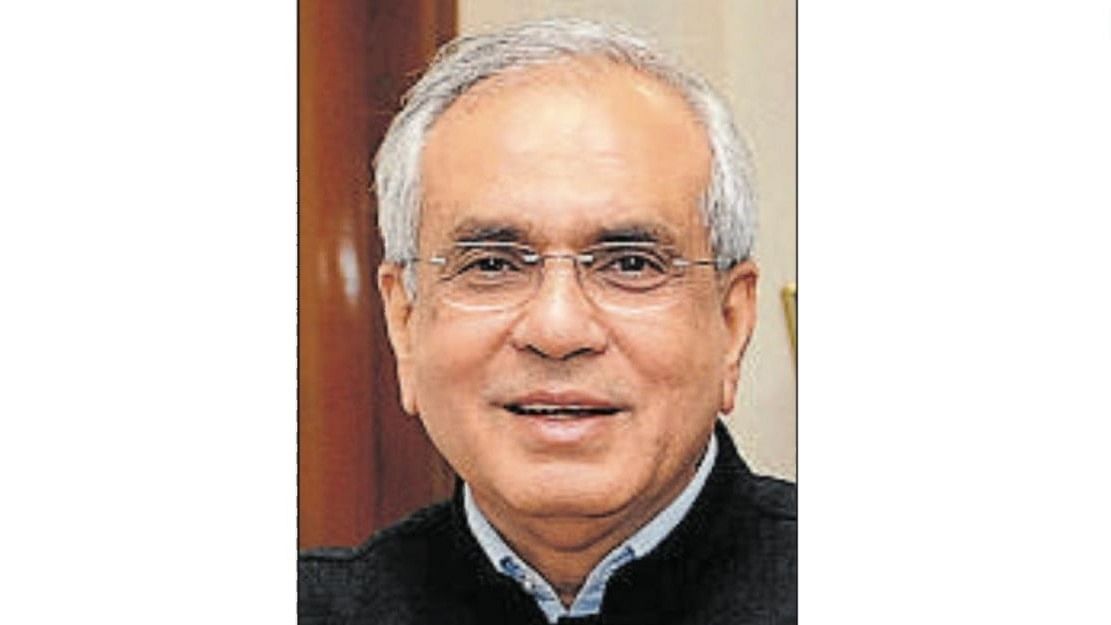
Rajiv Kumar, chairman of Pahle India Foundation
Rajiv Kumar, chairman of Pahle India Foundation, has a wide range of experience spanning from academics to government to corporate chambers and multilateral institutions. In an interview with DH’s Gyanendra Keshri, the eminent economist delves into the Viksit Bharat vision targets and the role of different stakeholders, particularly states and private enterprises in achieving the developed India by 2047 targets. Edited excerpts:
What are the reforms required to achieve the Viksit Bharat vision?
The biggest reform required is to make the development a ground-based activity at a decentralised level and place full support on private enterprise. The private enterprises are the key and will be the key driver for achieving the twin goals of accelerating growth and improving the environment at the same time. Without the private sector being the key driver nothing will be achieved. So the entire ecosystem should be playing a supportive role to encourage private enterprises and give it all the help required to accelerate investment and growth and at the same time take care of the environment.
How important will the role of states be in achieving the required growth and other development targets?
States are the place where the rubber meets the road. The real action takes place there. So they all will have to be brought together to share this vision. They are one of the principal stakeholders who have to converge on a strategy for the country to go forward on this path. In fact, they will have to spearhead the process for achieving the 9% plus growth. Especially the states, which at the moment are at the lower half of the ranking in terms of per capita income in the country, they need to accelerate their growth. So we need true cooperative federalism for this to happen.
There is a wide regional disparity. The per capita income of the poorest state is around one-tenth of the richest state. Bihar's per capita income at current prices stood at Rs 54,111 while Sikkim's at Rs 5,19,964 during FY23. What kind of growth would the states with low per capita income require to come to the level of a developed nation?
Clearly, the rate of growth in these states needs to be higher than in the states that are relatively developed. Otherwise, the regional inequalities will increase, migration will tend to get exaggerated and that will put pressure on the social fabric of the country. It’s not just about a pan-India blueprint. Each state will have to develop its own vision and the blueprint and ensure their implementation.
Pahle India Foundation has been advocating for district-based development strategy. How can it help in the developed India vision?
The idea is to create a platform based on empirical evidence that will set its own targets on growth, development, and environmental protection. It has to be a bottom-up development strategy that will bring all the stakeholders together. These include business leaders, academia, civil society and the government administration. Once the district becomes the fulcrum of development then the rest will follow. Districts, please remember, in India, have on an average 30 lakh people, which is larger than many countries in the world.